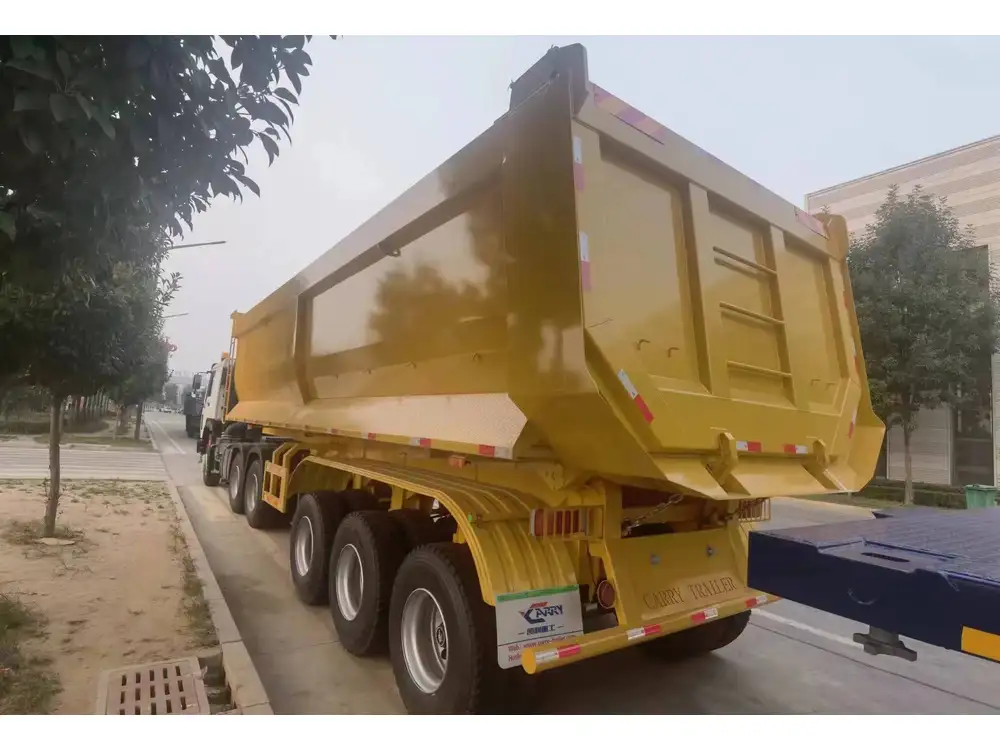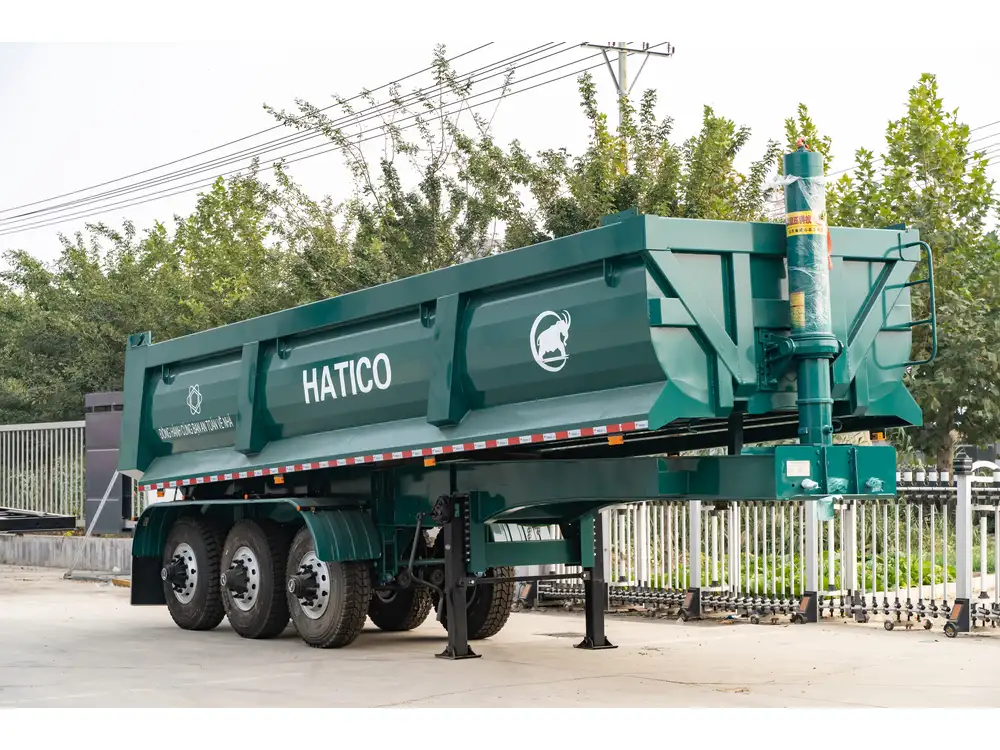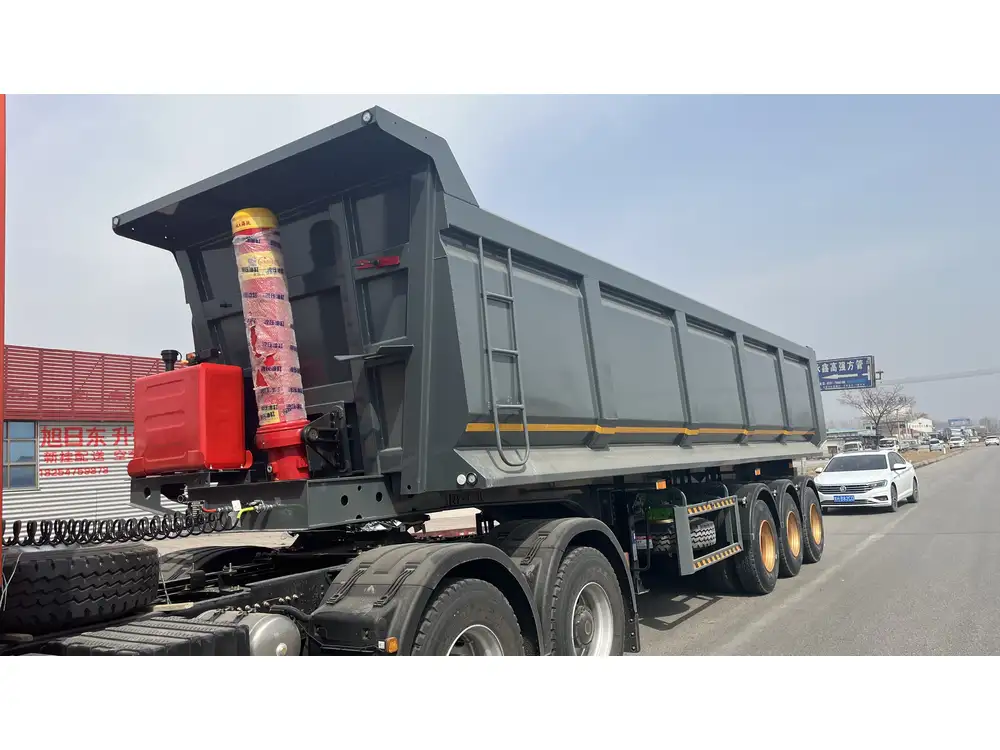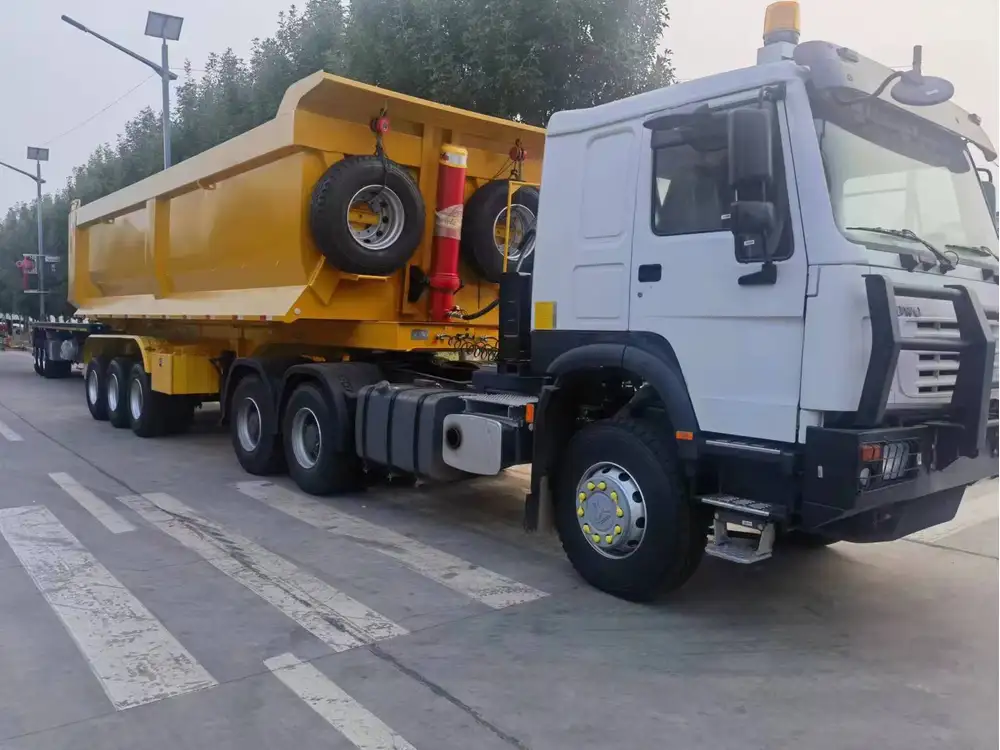Building a scissor lift for your dump trailer can significantly enhance its functionality, allowing for more efficient loading and unloading of heavy materials. This guide aims to provide you with all the necessary steps, materials, and considerations involved in constructing your own scissor lift. We will thoroughly explore the process, breaking down each component and step to ensure clarity and ease of understanding.
Understanding the Scissor Lift Mechanism
Principle of Operation
The scissor lift operates on a simple yet effective mechanism, utilizing a series of crisscrossing supports to elevate a flat platform. When hydraulic pressure is applied, the lift expands vertically by extending the scissor arms, allowing for increased height and stability. Understanding this mechanism is essential for constructing a reliable lift.

Advantages of a Scissor Lift for a Dump Trailer
- Enhanced Load Capacity: Scissor lifts can handle substantial weight, making them ideal for heavy-duty applications.
- Storage Efficiency: When not in use, the lift can be collapsed, minimizing the space it occupies.
- Versatility: A scissor lift can be used in various scenarios, from construction to agricultural applications, proving to be a valuable addition to any trailer.
Step-by-Step Guide to Building a Scissor Lift
Materials Required
Before starting the construction process, gather the following materials:
| Material | Description |
|---|---|
| Heavy-Duty Steel Plates | For the platform and scissor arm construction |
| Hydraulic Cylinder | Provides the lifting mechanism |
| Steel Tubing | For the structural framework |
| Hydraulic Fluid | Essential for the hydraulic system |
| Bolts and Nuts | For securing components firmly |
| Welding Equipment | For joining steel components |
| Paint and Rust-Proof Coating | To protect the lift from weather elements |

Tools Needed
- Welding Machine
- Saw (Metal Cutting)
- Drill Press
- Measuring Tape
- Level
- Angle Grinder
- Safety Gear (Gloves, Goggles, etc.)
Step 1: Design the Scissor Lift
Sketching the Plan
Begin by sketching a detailed plan of the scissor lift. Consider the following dimensions:
- Height of the lift: Decide on the maximum height you wish to achieve.
- Platform size: Customize based on the materials you intend to lift.
- Scissor arm length: Determines the lift’s capacity and reach.

Structural Calculations
Conduct calculations to ensure the structure can support the intended load. Use formulas that factor in weight distribution and leverage to avoid structural failure.
Step 2: Fabricate the Base and Platform
Creating the Base Frame
- Cut Steel Plates: Use a metal cutting saw to cut your heavy-duty steel plates according to your design specifications.
- Weld the Plates Together: Assemble the base frame by welding the plates into a squared structure, ensuring all corners are securely joined.
- Install the Wheels: Attach heavy-duty wheels to the base for mobility. Ensure they are rated for the load capacity you expect.

Fabricating the Platform
- Cut the Platform Material: Prepare a flat surface for the platform using appropriate steel plates.
- Weld Supports: Install vertical supports at each corner of the platform.
- Attach to the Base: Secure the platform onto the base frame.
Step 3: Construct the Scissor Arms
Scissor arms are crucial for the lift’s functionality and stability.
- Fabricate the Arms: Cut steel tubing to the required lengths. The number of arms will depend on the design; typically, four arms provide optimal support.
- Weld Together: Connect the arms in a crisscross pattern, ensuring they can pivot smoothly at the connection points.
- Install Support Braces: Add additional bracing to prevent lateral movement when the lift is in operation.
Step 4: Integrate the Hydraulic System

Setting Up the Hydraulic Cylinder
- Position the Cylinder: The hydraulic cylinder should be mounted in a way that allows it to pull the scissor arms up when activated.
- Connect Lines: Install hydraulic lines, connecting the cylinder to a pump that will provide the hydraulic pressure necessary for elevation.
Ensure Fluid Levels
Check and fill the hydraulic fluid to the manufacturer’s specifications, as this will directly affect the operational efficacy of the lift.
Step 5: Install Safety Features
Safety is paramount in any construction project. Implement the following features:
- Limit Switches: To prevent overextension of the arms and ensure safe operation.
- Safety Chains: In case of hydraulic failure, chains can help support the lift and preventing a sudden drop.
- Guard Rails: Surrounding the platform to prevent falling materials during loading or unloading.

Step 6: Testing and Final Adjustments
Once the construction is complete, conduct a series of tests:
- Initial Load Test: Gradually test the lift with incrementally heavier loads to assess stability and functionality.
- Check Hydraulic Functionality: Test the raising and lowering functions to ensure smooth operation.
- Inspect for Weak Points: Identify any areas that may require reinforcement or additional support.
Finalize the build by making any necessary adjustments based on the results from your tests.
Step 7: Maintenance of the Scissor Lift
Maintaining your scissor lift is crucial for longevity and reliability.
- Regular Inspections: Check all components for wear and tear, focusing on hydraulic lines and welded areas.
- Lubrication: Regularly lubricate moving parts to reduce friction and wear.
- Hydraulic Fluid Replacement: Change and refill hydraulic fluid as needed to maintain effectiveness.
Conclusion
Building a scissor lift for your dump trailer enhances its capability, making it more adaptable for various tasks. By following this structured and systematic approach, from design to execution and maintenance, you can create a robust, reliable lift that meets your needs. The investment in tools and time will pay off many times over in efficiency and utility.
This comprehensive guide aims to empower you with the knowledge and skills necessary to undertake this project confidently. Embrace the challenges that lie ahead, and transform your dump trailer into a highly functional piece of equipment that can tackle heavy lifting with ease. Remember, the quality of your build will significantly affect performance, so take your time and ensure every step is completed with precision.



